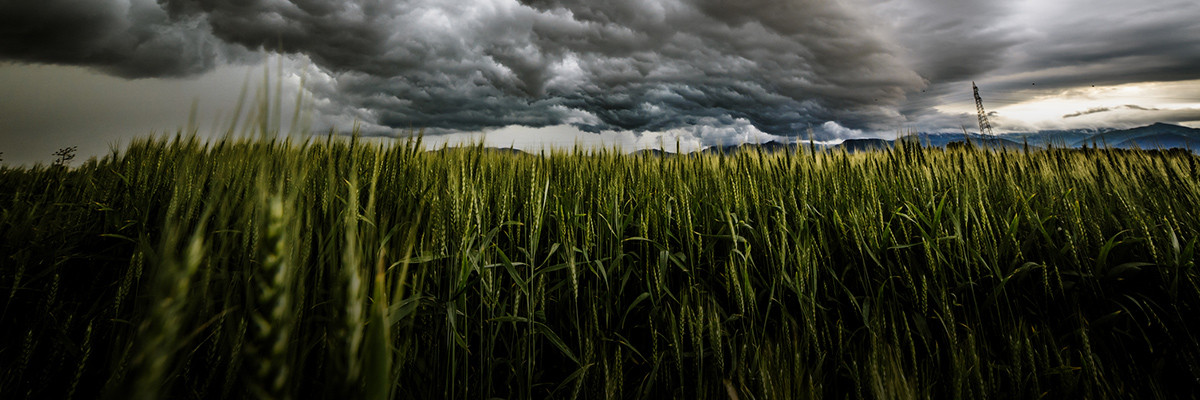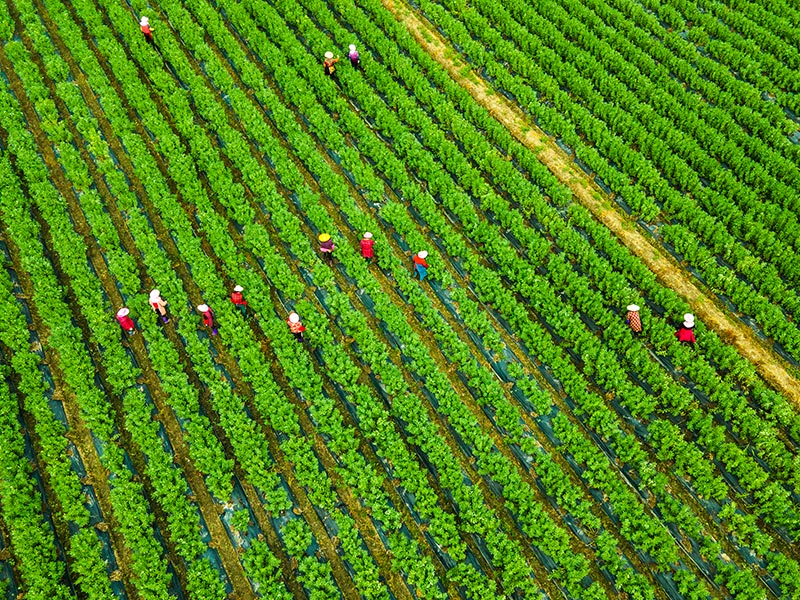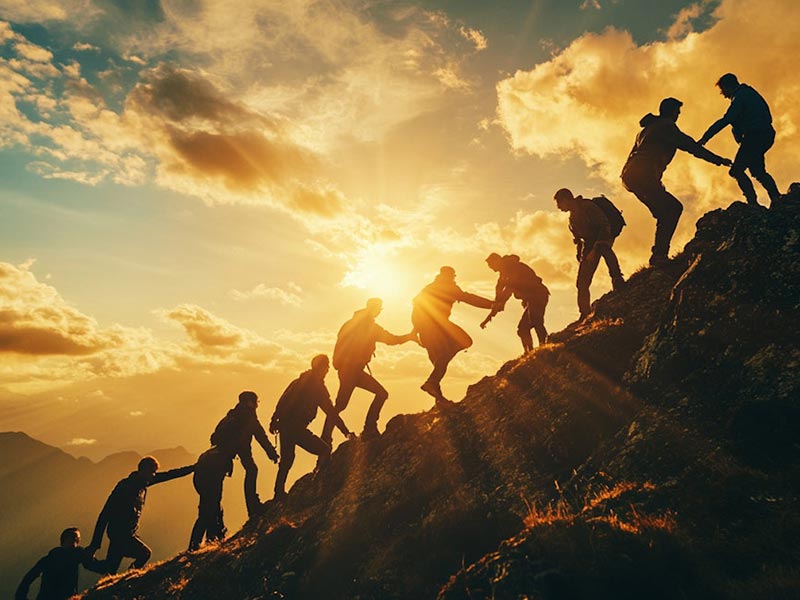
Authors
-
Samantha Harris
Former Associate Director, BSR
This past weekend at COP23, the We Mean Business coalition cohosted the 15th annual Development and Climate Days—the signature climate development and resilience event during the UN climate negotiations. We Mean Business brought together resilience experts from around the globe, including business leaders, to discuss innovative ways to enhance community resilience in relation to climate change.
One of the themes during this event focused on “shared resilience,” which embodies the concept that no one actor can tackle this complex issue alone: We must work together. Climate risk is no longer thought of as something only impacting small island nations, but something that affects businesses, the global economy, and developed nations. We have seen this in particular this year, with natural disasters in the United States and extreme weather events around the world, such as the flooding in South Asia. All stakeholders must collectively work to create successful, lasting partnerships and initiatives that boost climate resilience.
For business, climate change is a material risk. Over the past three years, the World Economic Forum’s Global Risk Report ranked climate change as the highest risk facing business. Companies, therefore, have a crucial role to play in both building their own adaptive capacities to climate-related events and enhancing broader societal resilience.
Throughout the Development and Climate Days at COP23, we were lucky to hear from several multinational companies, along with other experts, that are already working to address climate resilience—some are doing so because resilience, development, and risk management are not fundamentally different. All three activities demand systems thinking, identifying root causes of vulnerability, long-term planning, and taking practical action.
Business already assesses many types of risk through enterprise risk management systems, and companies can consider applying an environmental and climate lens to these existing assessments. Holistic and comprehensive resilience strategies are the best bet to address climate risks within the operations, supply chains, and vulnerable communities in which business operates.
Companies can begin by assessing climate risk; they can then develop a resilience strategy that includes their physical, financial, social, natural, human, and political assets. One example of a company that is doing this is Woolworths Holdings Limited, which is tackling climate risk throughout its supply chain and within vulnerable communities through its people. With a program that seeks to enhance the livelihoods of local women throughout its supply chain, Woolworths works with smallholder farmers on water management and farming techniques.
The Kellogg Company also helps farmers in different places face challenges by addressing access to market issues, making supply chain pricing more transparent, and sharing growing and storing techniques.
Finance is also key to the bigger picture of how we’ll transition to a resilient society. How do we increase scale, broaden financial flows, and expand access to finance to those who need it to adapt to the impacts of climate change? Applying financial capital isn’t only about matching funds with project pipelines. It will require collaboration among companies, banks, and all levels of government. Capital can finance non-financial instruments, too, such as procurement, government engagement, guaranteed offtake, and disclosure. These tools can help move the trillions in the real economy necessary to combat climate change.
Companies are ready to partner on the issue of climate resilience. In this spirit, Michelle Patron, director of sustainability policy at Microsoft, told participants of Development and Climate Days, "We want to partner with you and understand where the challenges are—and get tools into the hands of the people who need them most.”
BSR’s latest sustainability insights and events straight to your inbox.
Topics
Let’s talk about how BSR can help you to transform your business and achieve your sustainability goals.







